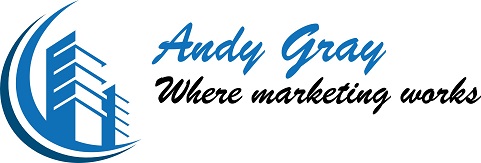For fun reading, check out “the hallowed history of the carrier pigeon.” The first message-bearing pigeon was sent by Noah. The ancient Romans used pigeons for chariot races, to tell owners how their entries had placed. Genghis Khan established pigeon relay posts across Asia and much of Eastern Europe. Charlemagne made pigeon-raising the exclusive privilege of nobility. And, the Rothschild fortune is said to have been seriously augmented by a pigeon bearing news of the British victory at Waterloo.
Rothschild fortune is said to have been seriously augmented by a pigeon bearing news of the British victory at Waterloo.
According to Pigeons and World War I, some 100,000 pigeons were used. They got through 95% of the time. They were so important, the British government moved quickly to secure native pigeons for the Allied side once the war began.
Now, think of this. Pigeons are not a big bird, can’t carry too much weight. So, the message sent by carrier pigeons no doubt had to be short and concise.
What’s our point?
Simplicity.
If you only have a short amount of time to wow an audience, it is important to make every second count.
Why? Not too hard to understand.
Communication clutter.
• According to Guardian News, “the number of advertising messages people are subjected to every day range from 500 to 5,000.”
• According to DMR, “an average office worker receives 121 emails a day and sends around 40 business emails daily.”
• According to Text Request, in the U.S. alone, some “259 million people are sending out 8.5 billion texts a day. That’s roughly 32-33 messages per day, per person.”
So, if we hark back to the days of the Carrier Pigeon, when you have to get a message out and you don’t have a lot of time or a lot of space to write with, then it’s all about getting your message out quickly and to the point, yet said in a way that will resonate to whom the message is for.
NASCAR fans looking for an online gathering during telecasts of the NASCAR Sprint Cup Series as well as the Nationwide Series opener at Daytona now have a place to go on attack or when to appalachianmagazine.com purchase viagra online choose to retreat tactfully and accept defeat.





 foundation… a well-structured and strong statement and plan that positions you well, personifies who you are, embodies your vision and one that is able to withstand the forces that compete against you. Get this right and the messages that result will resonate. It will also facilitate where you say it (through your website, digital and offline/traditional media and materials).
foundation… a well-structured and strong statement and plan that positions you well, personifies who you are, embodies your vision and one that is able to withstand the forces that compete against you. Get this right and the messages that result will resonate. It will also facilitate where you say it (through your website, digital and offline/traditional media and materials).



Leave A Comment